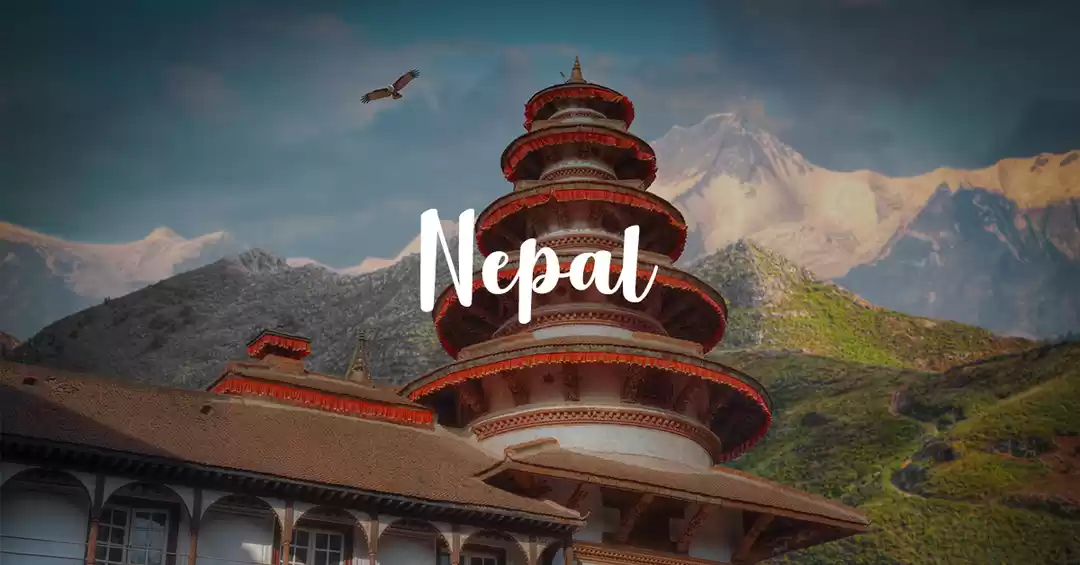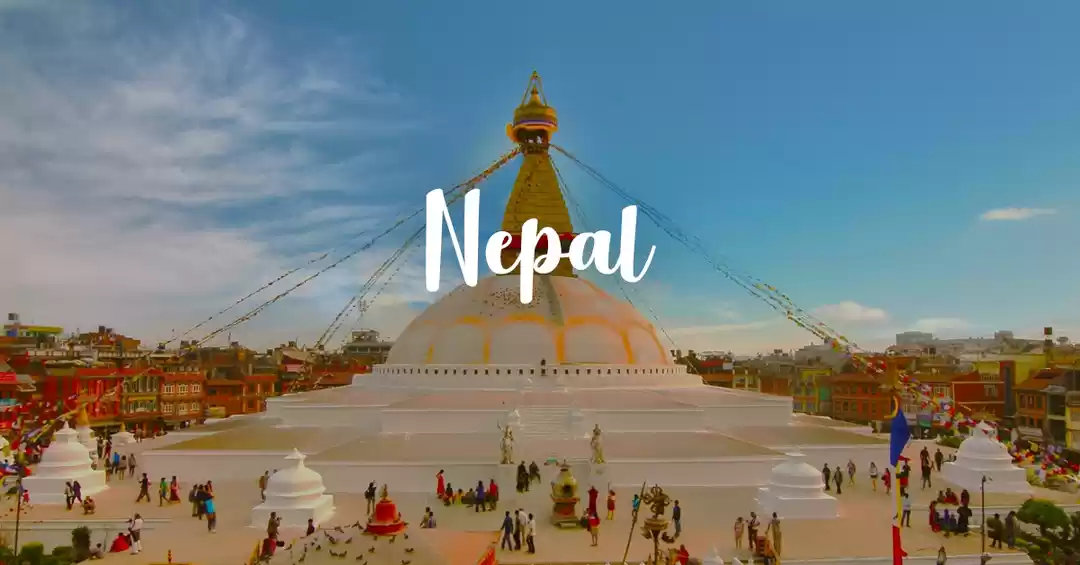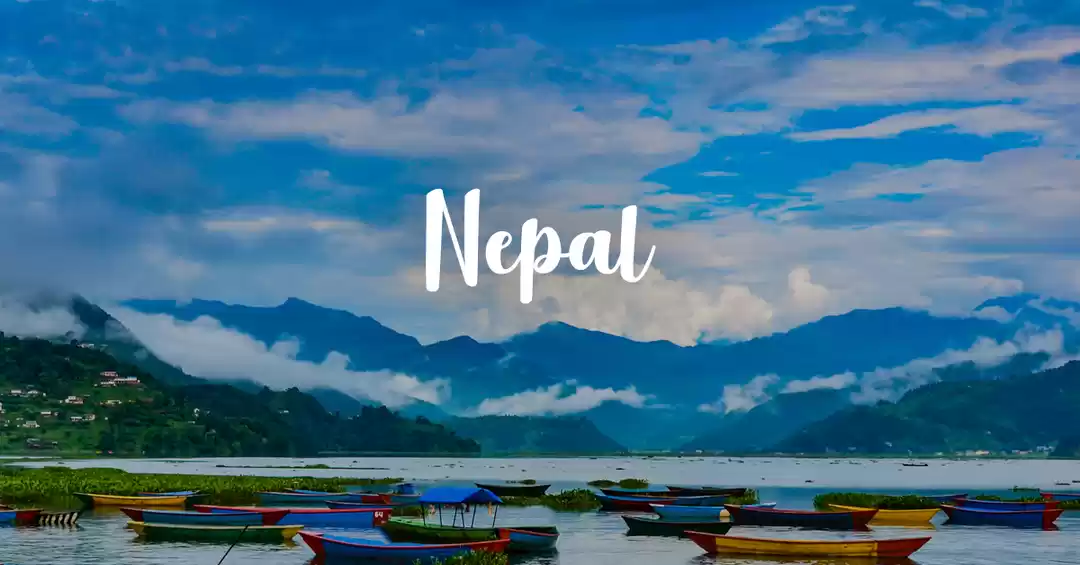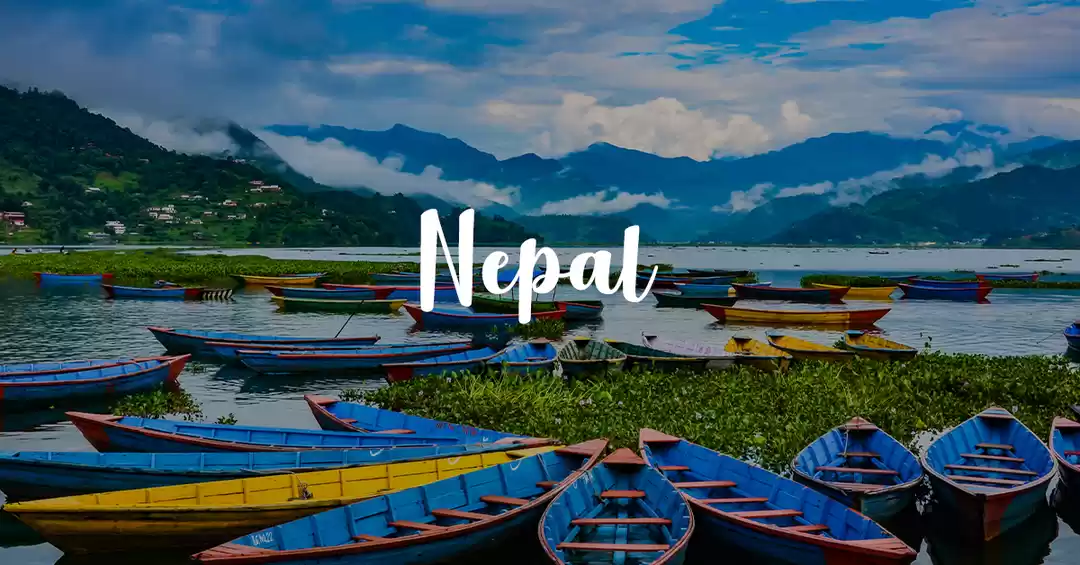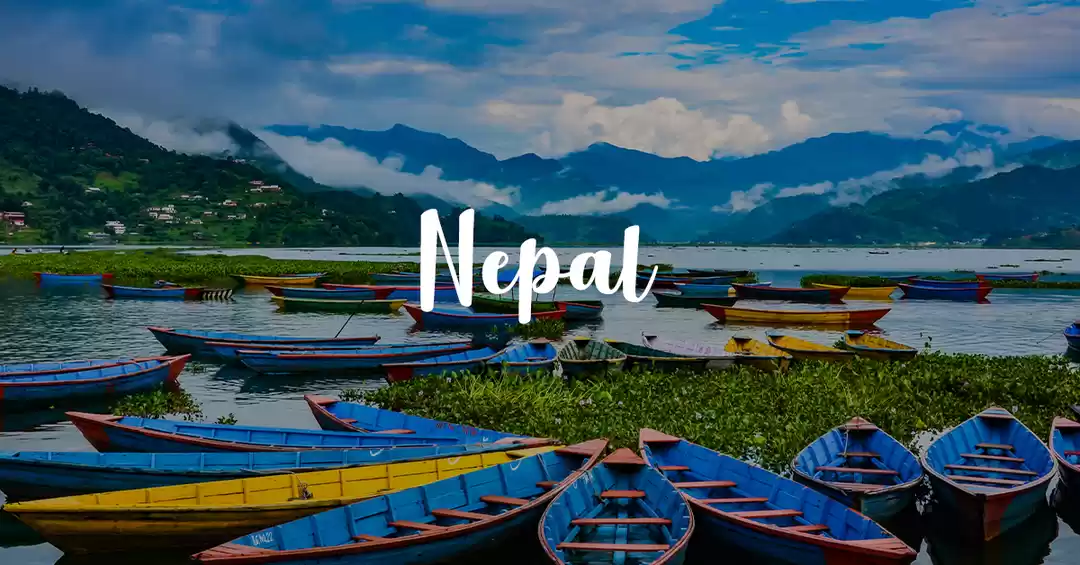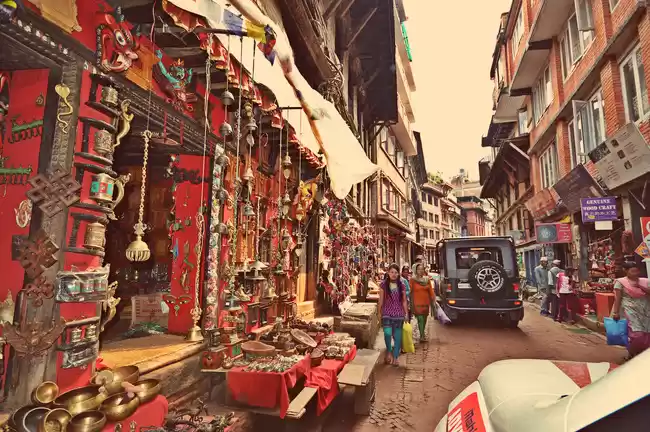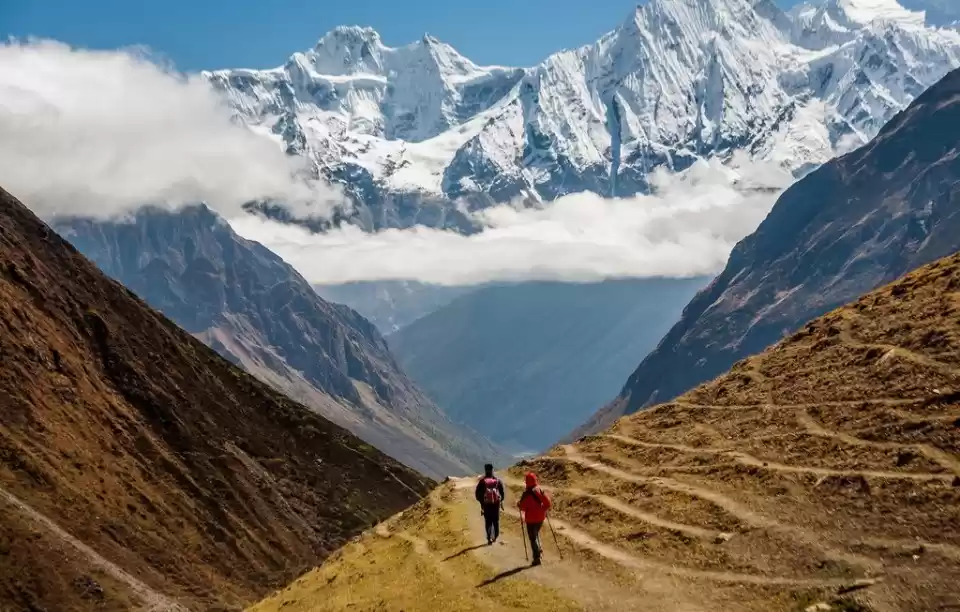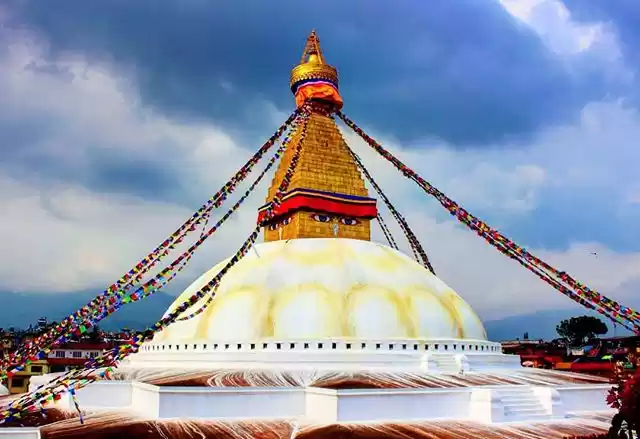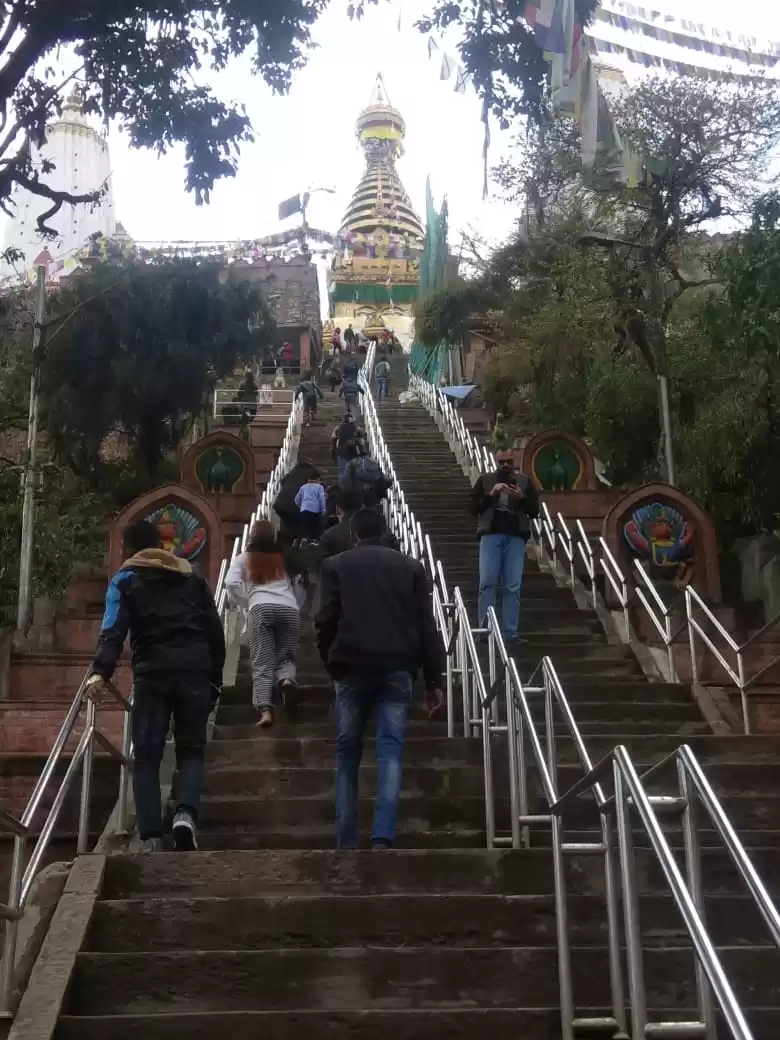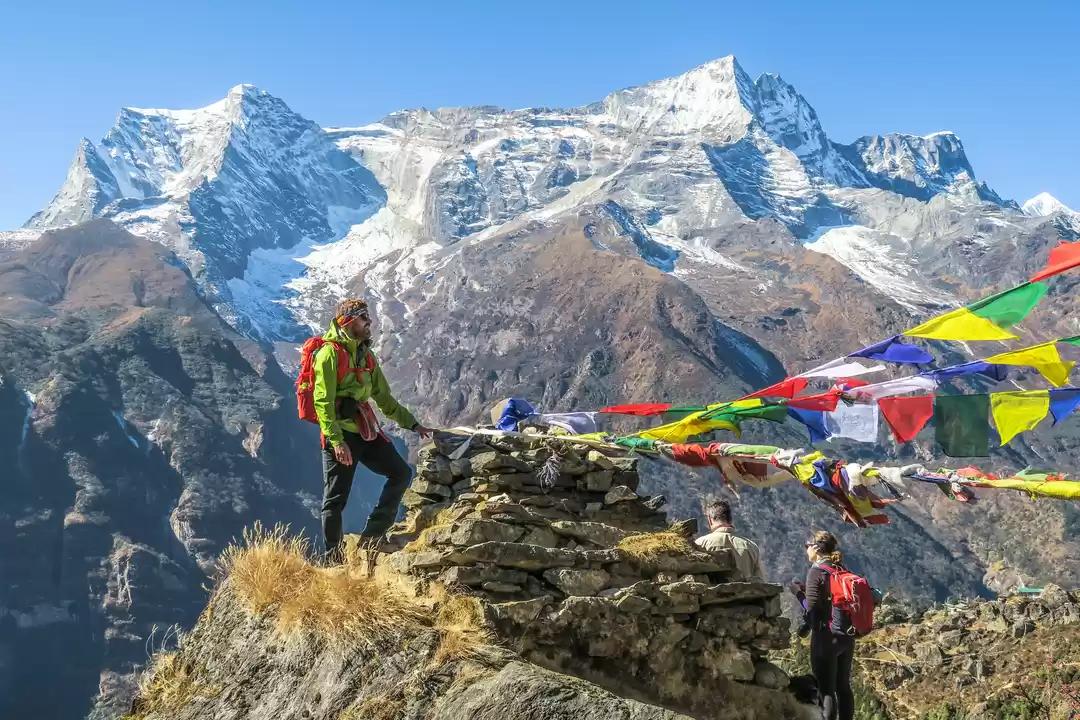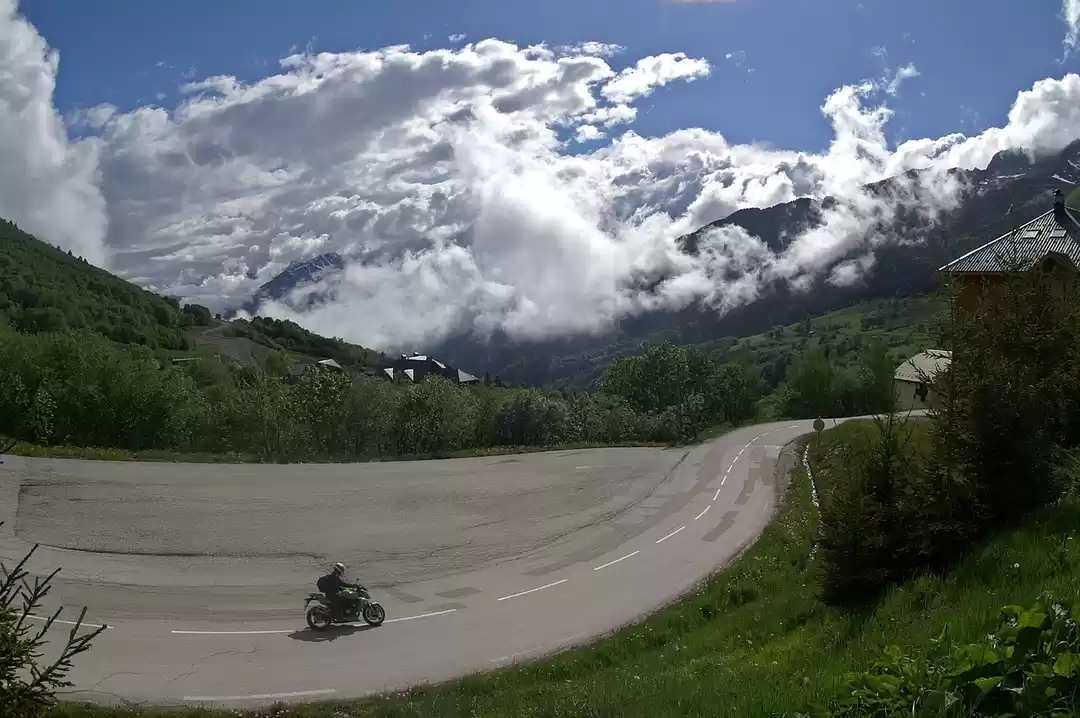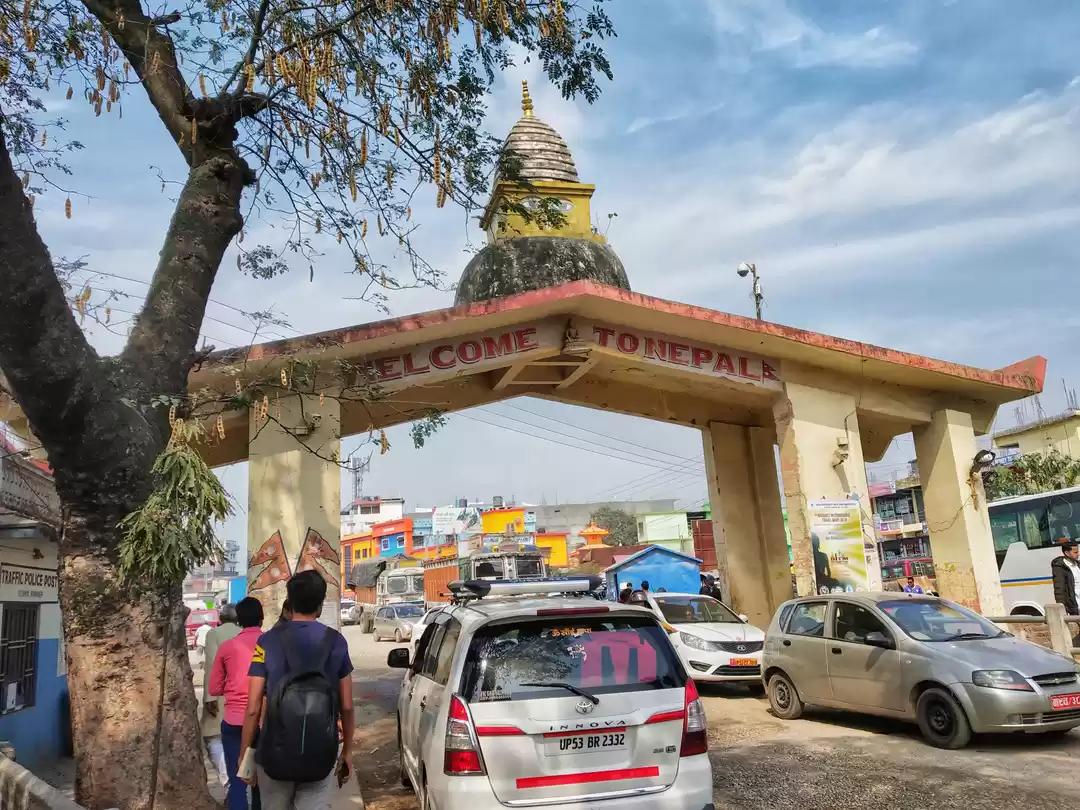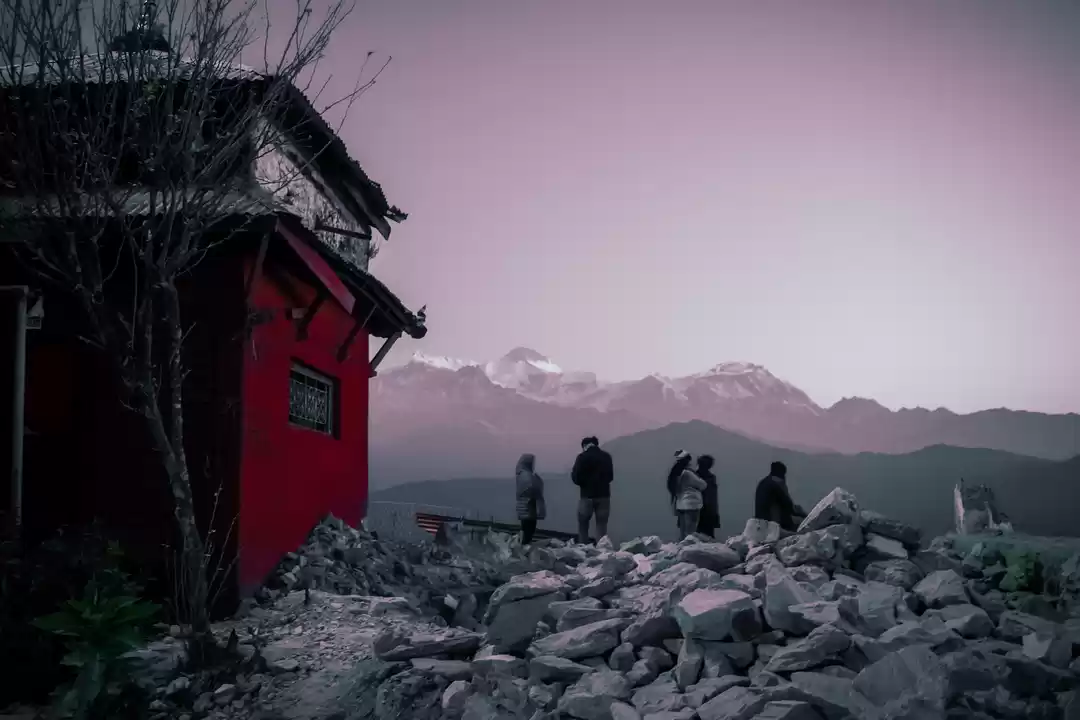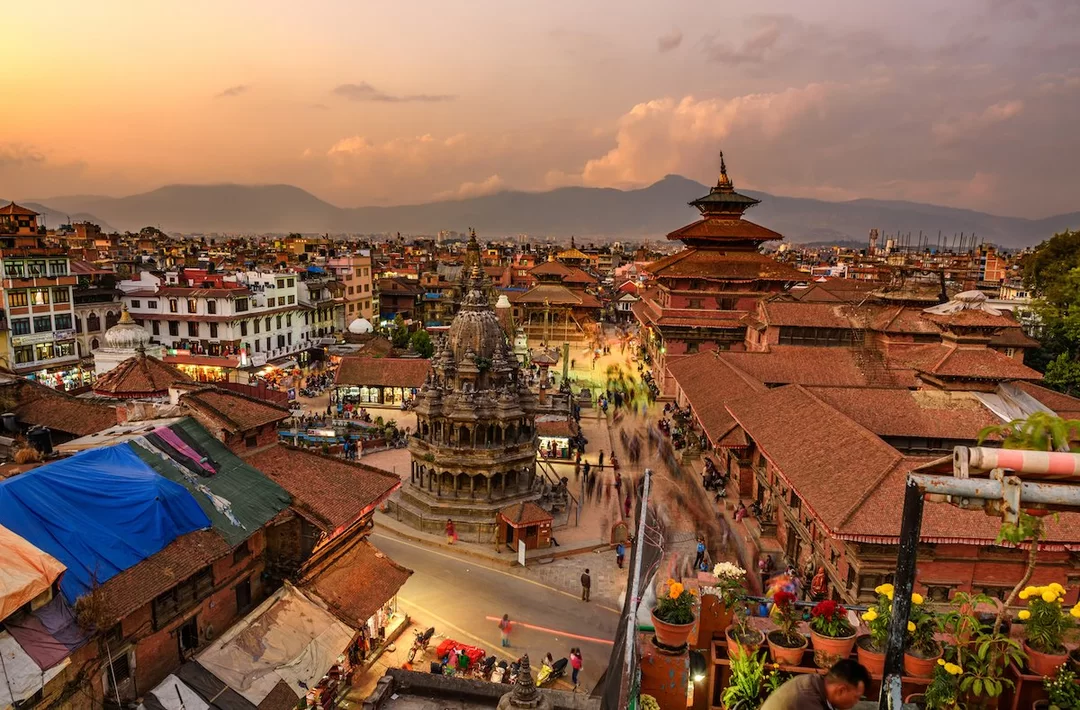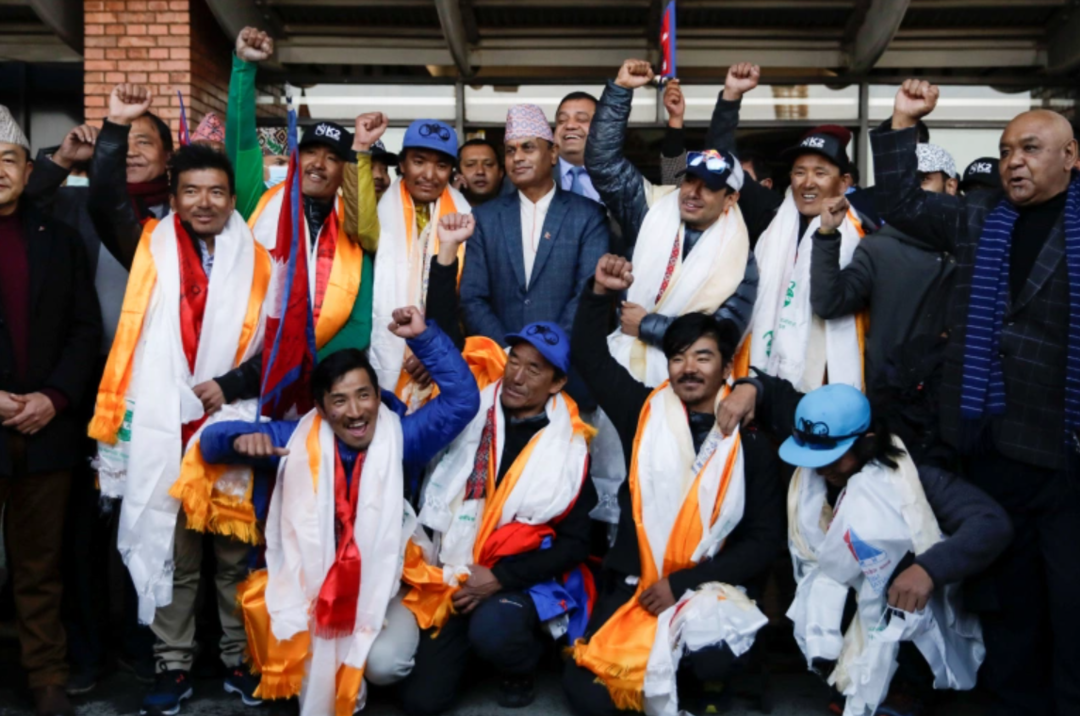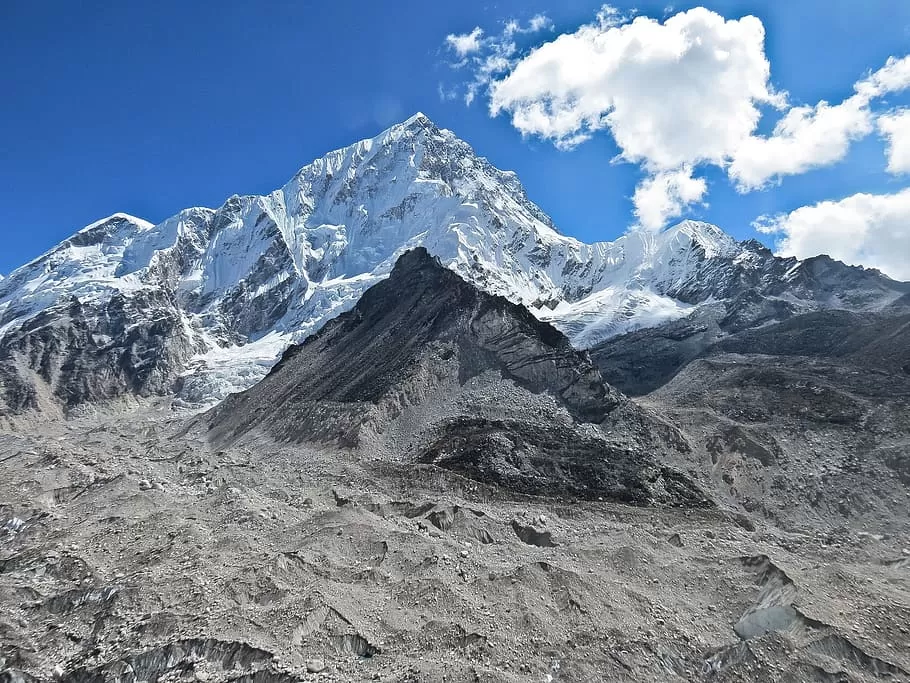
Nepal is a paradise for climbers. With hundreds of Himalayan peaks rising above 6,000 meters, it offers unparalleled opportunities for peak climbing — from non-technical summits ideal for beginners to highly demanding ascents suited only for experienced mountaineers. Whether you’re dreaming of standing on Island Peak, Mera Peak, or pushing yourself further on Ama Dablam, understanding the logistics is key to a successful adventure.
This guide breaks down everything you need to know about peak climbing in Nepal, including the permit system, levels of difficulty, and the best time of year to attempt your climb.
What Is Peak Climbing in Nepal?
Peak climbing is the activity of ascending mountains typically between 5,500 to 7,000 meters. These peaks are often less extreme than the famous 8,000-meter giants like Everest or Dhaulagiri but still offer challenging and fulfilling mountaineering experiences.
Nepal is home to over 30 officially recognized trekking peaks and numerous technical peaks. While some climbs can be attempted by fit trekkers with minimal climbing background, others demand advanced alpine skills, proper gear, and prior high-altitude experience.
Types of Climbing Peaks in Nepal
Nepal broadly categorizes peaks into two groups:
1. Trekking Peaks
Managed by the Nepal Mountaineering Association (NMA), trekking peaks are between 5,800 and 6,600 meters and are considered semi-technical. They involve basic mountaineering but are accessible to fit and adventurous trekkers.
Popular trekking peaks:
• Island Peak (6,189 m) – a classic starter peak
• Mera Peak (6,476 m) – highest trekking peak in Nepal
• Pisang Peak (6,091 m) and Chulu East (6,584 m) – scenic climbs in the Annapurna region
2. Expedition or Technical Peaks
These peaks, often above 6,500 meters, are managed by Nepal’s Department of Tourism. They require professional climbing experience, technical gear, and expedition-level logistics.
Examples:
• Ama Dablam (6,812 m) – stunning and steep
• Kang Guru (6,981 m) – remote and highly technical
• Kwangde Ri (6,011 m) – rugged and less climbed
Required Permits for Peak Climbing in Nepal
To climb a peak legally in Nepal, you must obtain specific permits. The type of permit depends on whether the peak is classified as a trekking peak or a technical one.
NMA Trekking Peak Permits
Permit costs vary by season and peak. For example:
• Island Peak: USD 250 in spring, USD 125 in autumn
• Mera Peak: similar pricing structure
Trekking peaks also require:
• TIMS Card (Trekkers’ Information Management System): USD 20
• National Park Entry Fees: usually around USD 30 per park
Technical Peak Permits
For expedition peaks, you’ll need:
• Climbing Permit from the Department of Tourism
• Liaison officer fees, insurance for all staff, and a garbage deposit
Permit costs for these peaks start from USD 500 to several thousand, depending on the elevation, season, and route.
Additional Requirements:
• Insurance: All climbers must have high-altitude travel insurance covering evacuation
• Registered Agency: All climbs must be organized through a licensed trekking/climbing agency in Nepal
Difficulty Levels of Peak Climbing
Peak climbing in Nepal ranges from moderate alpine climbs to highly technical ascents. The difficulty level depends on:
1. Elevation
Higher peaks mean lower oxygen levels. For example, while Mera Peak is technically easier, its altitude makes it more physically demanding than some lower, more technical climbs.
2. Terrain and Technique
Some peaks involve glacier travel, fixed rope ascents, ridge climbs, and crevasse navigation. For peaks like Lobuche East, familiarity with using crampons, ice axes, and ropes is essential.
3. Physical Fitness
Even for beginner peaks, good cardiovascular health, leg strength, and endurance are crucial. Climbers should ideally train for several weeks or months before the expedition.
4. Weather Conditions
Changing weather can add a layer of complexity. High winds, snowfall, or poor visibility can make even simple climbs dangerous.
Best Seasons for Peak Climbing in Nepal
Nepal has two main peak climbing seasons that offer the most stable weather and best visibility:
1. Spring Season (March to May)
• Temperatures are moderate
• Snow conditions are generally favorable
• Flowers like rhododendrons bloom along lower trails
• Clear skies offer excellent summit views
• Most popular season for Mera and Island Peak
2. Autumn Season (September to November)
• Stable weather with low precipitation
• Clear skies and crisp mountain views
• Ideal for both trekking and climbing
• Good trail conditions post-monsoon
Off-Season Considerations:
• Winter (December–February): Extremely cold and snow-heavy; only suitable for experienced climbers
• Monsoon (June–August): Wet, slippery trails and unpredictable weather; not recommended
Training and Preparation
Peak climbing requires both mental and physical readiness. Even for trekking peaks, altitude can affect anyone, and fatigue sets in quickly above 5,000 meters.
Training tips:
• Hike with a weighted backpack regularly
• Focus on cardio exercises like running, swimming, or cycling
• Practice stair climbing or hill walks for leg strength
• Acclimatization hikes before the main climb help reduce the risk of altitude sickness
It’s also important to familiarize yourself with the gear, such as harnesses, helmets, ice axes, and crampons. Many agencies offer a day or two of pre-climb instruction and equipment testing at base camps.
Why Climb with a Licensed Guide?
While solo treks are allowed in some areas, climbing peaks always require a certified guide or climbing Sherpa through a registered company.
Benefits of hiring a guide:
• They manage permits and logistics
• Handle route safety, weather tracking, and emergency planning
• Offer technical training and summit assistance
• Improve your safety, confidence, and summit success rate
Agencies also provide porters, cooks, base camp setup, equipment rental, and emergency evacuation support, allowing you to focus on the climb.
Final Thoughts
Peak climbing in Nepal is a unique way to go beyond trekking and truly engage with the high Himalayas. Whether you're aiming to summit your first 6,000-meter peak or tackle a challenging technical climb, Nepal offers endless opportunities for adventure.
Understanding the permits, difficulty levels, and best seasons is essential for planning a safe and successful expedition. With proper preparation, professional guidance, and a spirit of adventure, peak climbing in Nepal can become one of the most rewarding experiences of your life.
Ready to begin your journey? Choose your peak, train well, and embrace the mountains of Nepal — they are calling.



